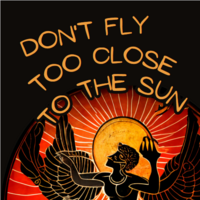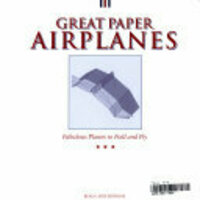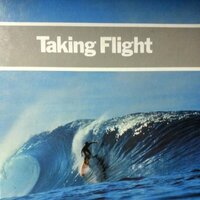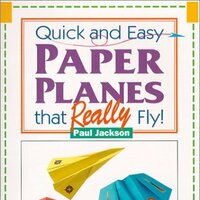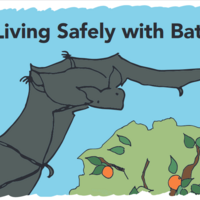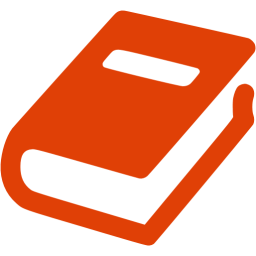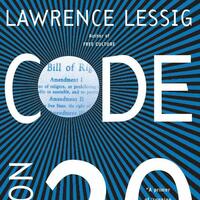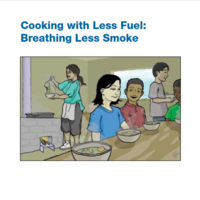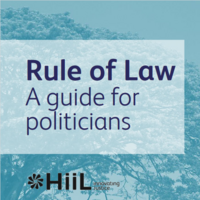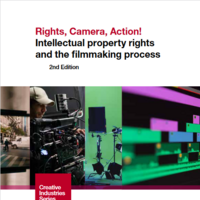Search
Books+
Searching 1,730 books
Search related to the career Airline Pilot
Safety Regulations for Airline Pilots
1. Federal Aviation Administration (FAA) Regulations:
- Compliance with FAA regulations is mandatory for all airline pilots operating within the United States.
- Pilots must adhere to regulations outlined in the Federal Aviation Regulations (FARs), specifically Part 121 for scheduled air carriers.
2. Flight Operations Manual (FOM):
- Airline pilots must follow the procedures and guidelines outlined in their airline's FOM.
- The FOM provides detailed information on aircraft operations, emergency procedures, checklists, and other important safety protocols.
3. Aircraft Operating Manual (AOM):
- Pilots are required to familiarize themselves with the AOM specific to the aircraft they are operating.
- The AOM contains detailed information on aircraft systems, limitations, performance, and emergency procedures.
4. Standard Operating Procedures (SOPs):
- Airlines have specific SOPs that pilots must follow during all phases of flight.
- SOPs cover areas such as pre-flight checks, takeoff, landing, abnormal situations, and crew coordination.
5. Crew Resource Management (CRM):
- Pilots must adhere to CRM principles, which emphasize effective communication, teamwork, and decision-making within the flight crew.
- CRM helps mitigate human errors and promotes a safe operating environment.
6. Aviation Safety Reporting System (ASRS):
- Pilots are encouraged to report any safety-related incidents or concerns through the ASRS, which allows for anonymous reporting and analysis of safety issues.
7. Weather and Air Traffic Control (ATC) Regulations:
- Pilots must comply with weather minimums and follow ATC instructions for safe and efficient flight operations.
- They must also be aware of airspace restrictions, traffic separation requirements, and other regulations set by ATC.
8. Drug and Alcohol Testing:
- Airline pilots are subject to regular drug and alcohol testing to ensure they are fit for duty.
- They must comply with strict regulations regarding substance abuse and are prohibited from operating an aircraft under the influence.
9. Continuing Education and Training:
- Pilots must undergo regular training and proficiency checks to maintain their knowledge and skills.
- They must stay up-to-date with the latest safety regulations, technological advancements, and industry best practices.
It is important to note that the above list is not exhaustive, and airline pilots must also comply with various other safety regulations and guidelines specific to their country, airline, and aircraft type.
Source: Various AI tools
